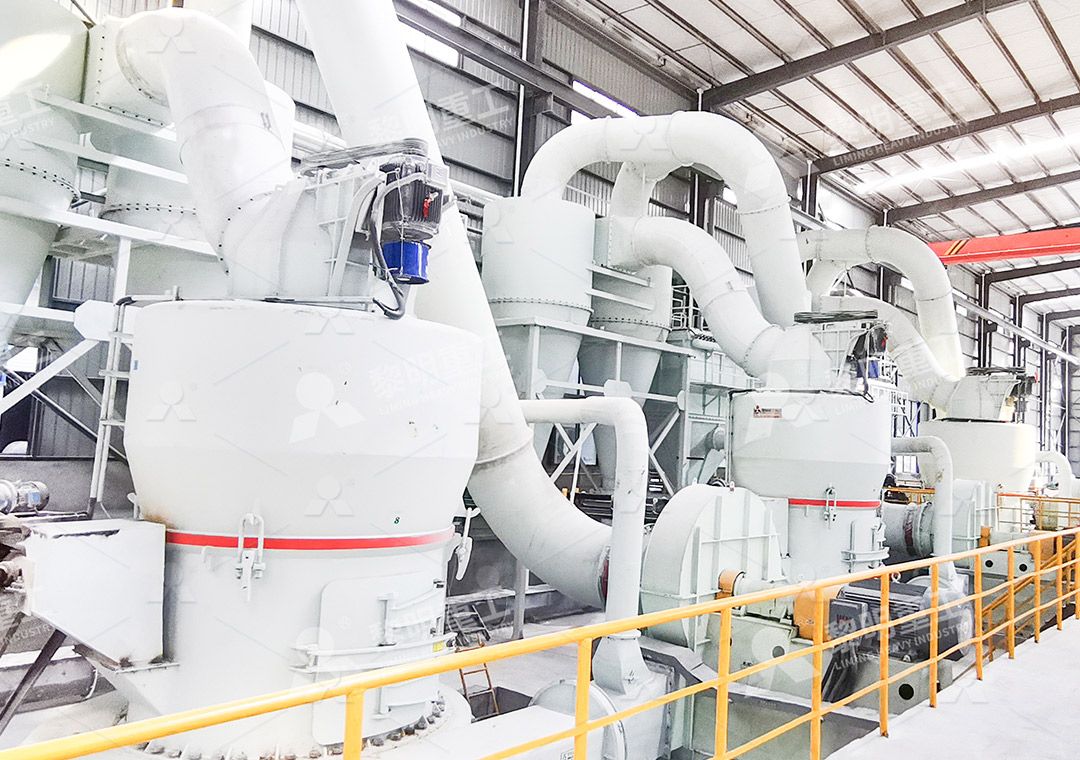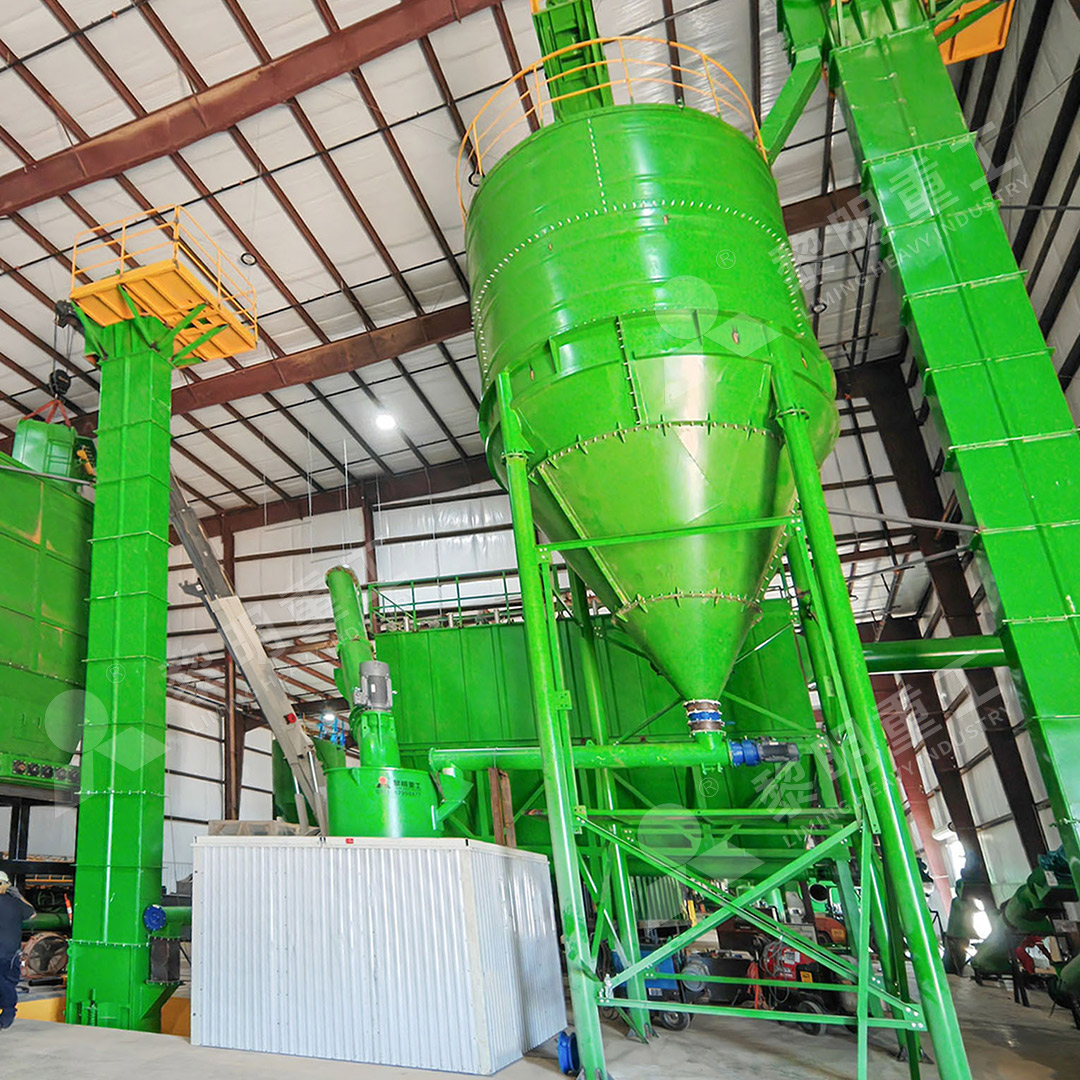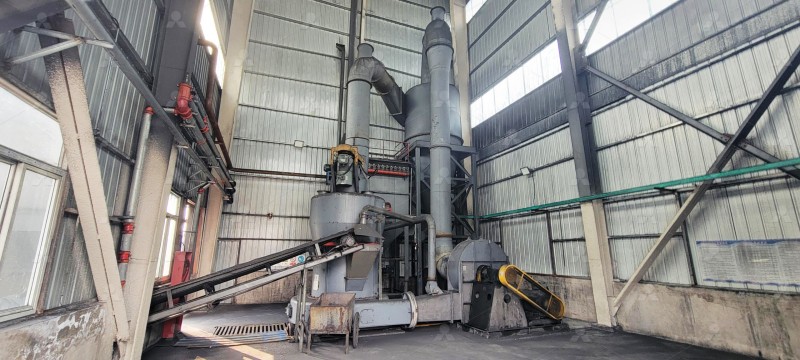German Technology: Raymond Mill and Cone Crusher for Superior Performance
German Technology: Raymond Mill and Cone Crusher for Superior Performance
In the competitive world of industrial processing, German engineering has long been synonymous with precision, reliability, and innovation. This legacy extends powerfully into the realm of grinding and crushing technology, where machines like the Raymond Mill and various cone crushers have set industry benchmarks. These technologies form the backbone of efficient material processing across countless sectors.
The core principles of German design—meticulous attention to detail, robust construction, and energy-efficient operation—are embedded within these machines. They are engineered not merely to perform but to excel under demanding conditions, delivering consistent output and minimizing operational costs.

The Enduring Legacy of Raymond Mill
As a first-generation grinding mill that has been continuously refined, the Raymond Mill remains a cornerstone of powder processing. Its design philosophy prioritizes operational simplicity and cost-effectiveness. With a compact footprint and an input size capacity of <25 mm, it is perfectly suited for small to medium-scale operations requiring a throughput of 0.6-5 tph.
The optimized R-series Raymond Mill demonstrates significant advancements, combining low energy consumption with minimal environmental impact. Its working principle, utilizing centrifugal force where rollers oscillate outward to press against a grinding ring, ensures efficient and uniform particle size reduction. This makes it an indispensable tool in industries like desulfurization, metallurgy, and non-metallic ore milling.
Beyond Tradition: The Modern Ultrafine Grinding Solution
While the Raymond Mill handles standard grinding tasks with proven efficiency, many modern applications demand a higher level of fineness and precision. For customers requiring ultra-fine powder, the technology has evolved significantly. This is where our advanced MW Ultrafine Grinding Mill stands out.
Engineered for superior performance, the MW Series is designed for materials with an input size of 0-20 mm and a capacity range of 0.5-25 tph. It is the ideal solution for processing materials like limestone, calcite, dolomite, and talc into exceptionally fine powders between 325 and 2500 meshes. A key feature is its German-derived cage-type powder selector, which dramatically increases the precision of powder separation, achieving a screening rate of d97≤5μm in a single pass.

What truly sets the MW Ultrafine Grinding Mill apart is its innovative design that eliminates rolling bearings and screws within the grinding chamber. This bold engineering decision liberates operators from concerns about bearing damage or machine failure due to loose screws. Furthermore, the external lubrication system allows for maintenance without shutdown, enabling continuous 24/7 production—a critical advantage for high-output facilities.
Integrated Systems for Maximum Efficiency
Superior performance is not just about the grinding mill itself but the entire processing system. The integration of efficient pulse dust collectors and mufflers ensures that the MW Ultrafine Grinding Mill operates with minimal dust and noise pollution, fully aligning with national environmental protection standards. This commitment to eco-friendly operation, combined with digitalized processing for high precision, makes it a future-proof investment.
For operations that require a vertical grinding solution, our LUM Ultrafine Vertical Grinding Mill presents another compelling option. Incorporating the latest grinding roller and German powder separating technology, it integrates grinding, grading, and transporting into a single, highly efficient unit. Its unique roller shell and lining plate design promote easy material layer generation, enabling a high rate of finished product in a single pass. With features like double position-limiting technology for stability and a reversible structure for easier maintenance, the LUM Mill enhances both productivity and operational convenience.

Conclusion
The journey from the reliable Raymond Mill to the advanced MW and LUM Ultrafine Mills illustrates a clear trajectory in grinding technology: higher efficiency, greater precision, and more sustainable operation. By leveraging German engineering principles, these machines deliver the superior performance that modern industry demands, ensuring that your operation remains productive, profitable, and environmentally responsible.
Frequently Asked Questions (FAQ)
What is the main advantage of the MW Ultrafine Grinding Mill over a traditional Raymond Mill?
The MW Ultrafine Grinding Mill is specifically designed to produce ultra-fine powder (325-2500 meshes) with higher efficiency and a more advanced powder selection system. It also features a chamber free of rolling bearings and screws, reducing maintenance needs and enabling 24/7 operation.
Can the MW Ultrafine Grinding Mill handle hard materials?
Yes, it is suitable for a variety of medium-hard and non-flammable materials, including limestone, calcite, dolomite, barite, and talc, among others.
How does the environmental performance of these mills compare?
Both the Raymond Mill and the advanced MW Series are designed with environmental protection in mind. The MW Mill, in particular, is equipped with an efficient pulse dust collector and muffler, ensuring dust and noise emissions are kept well within regulatory standards.
What kind of after-sales support is available?
We provide comprehensive technical services and a sufficient supply of original spare parts to ensure the worry-free operation of every machine we produce, backed by our integrated production and sales network.
